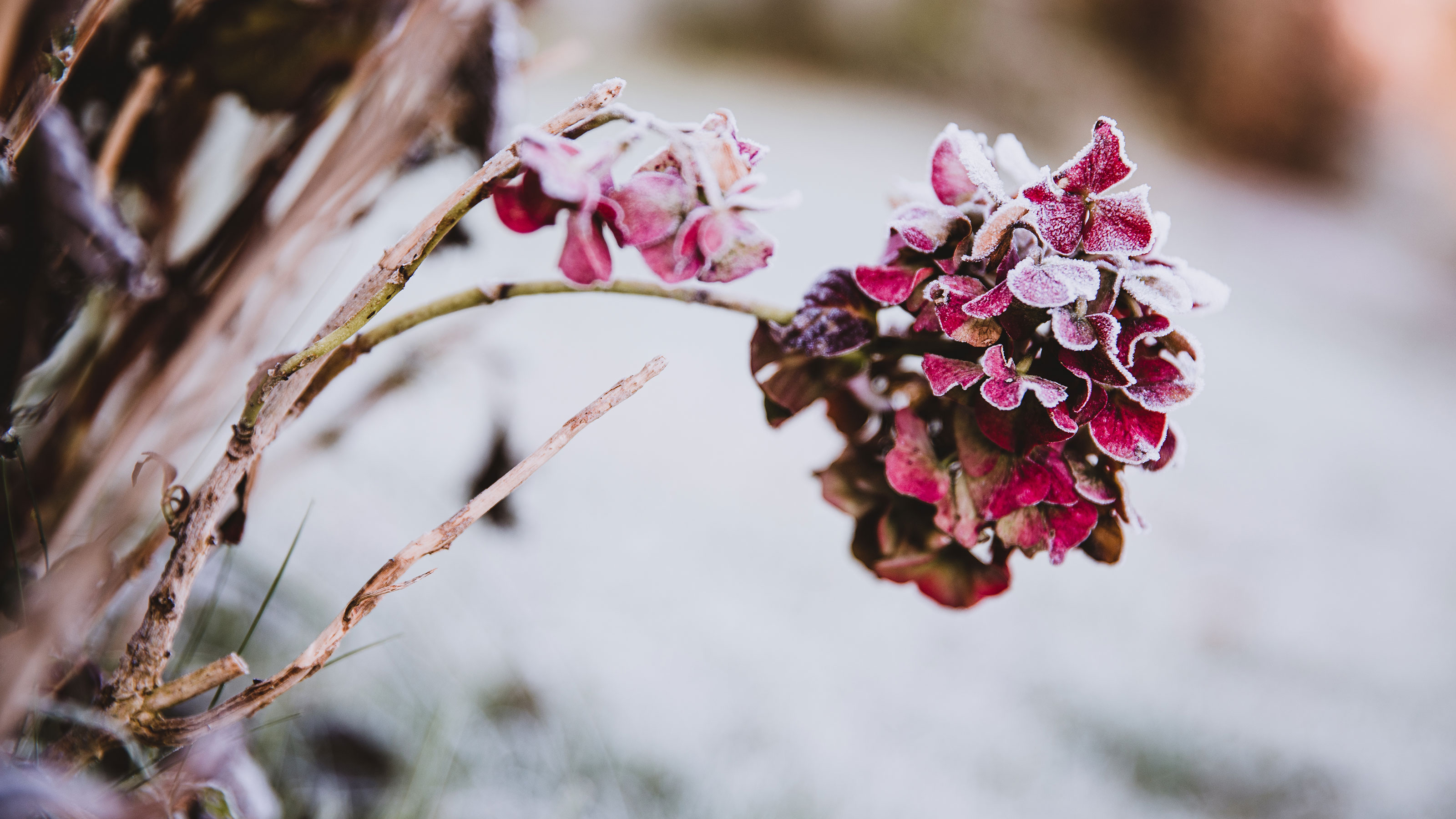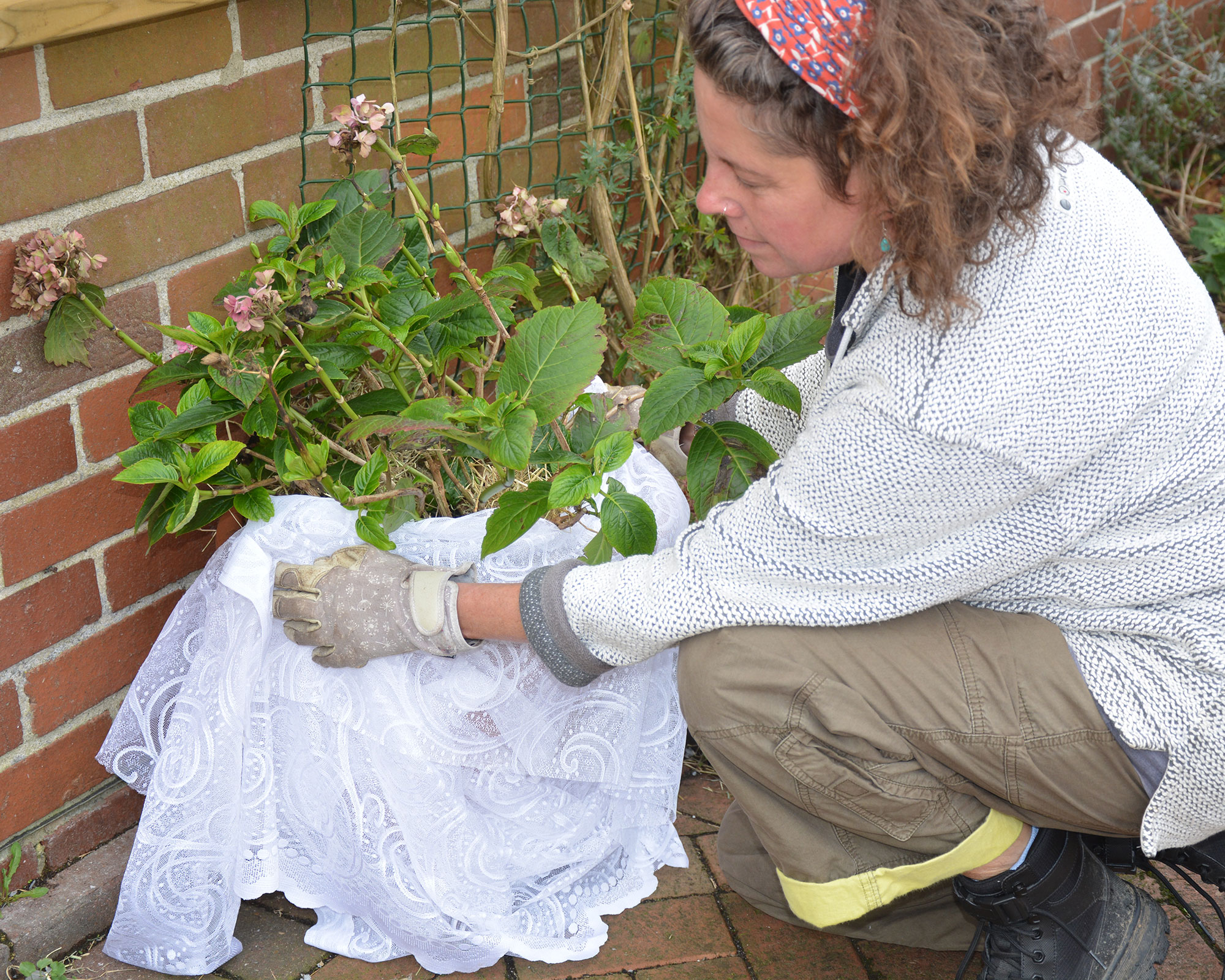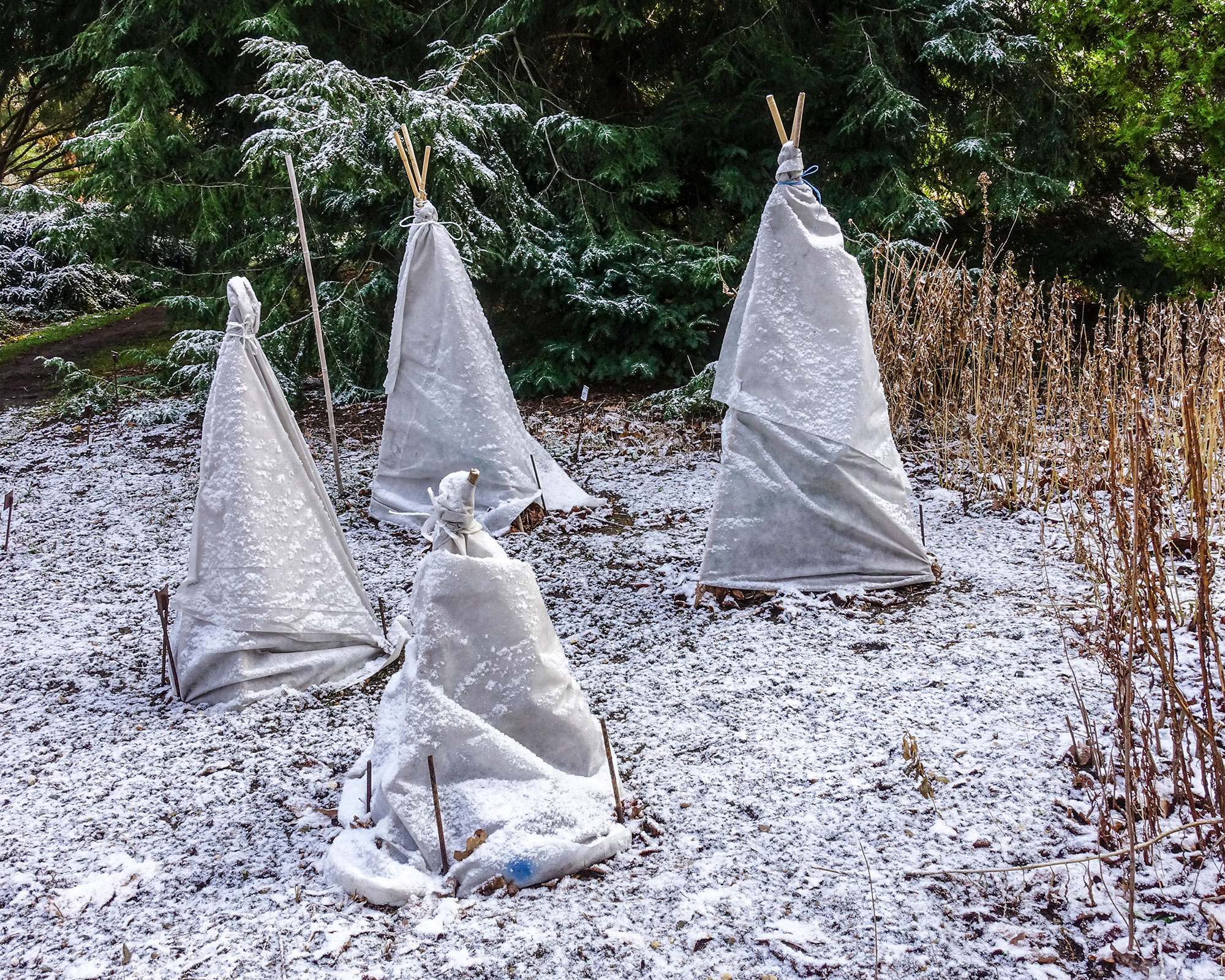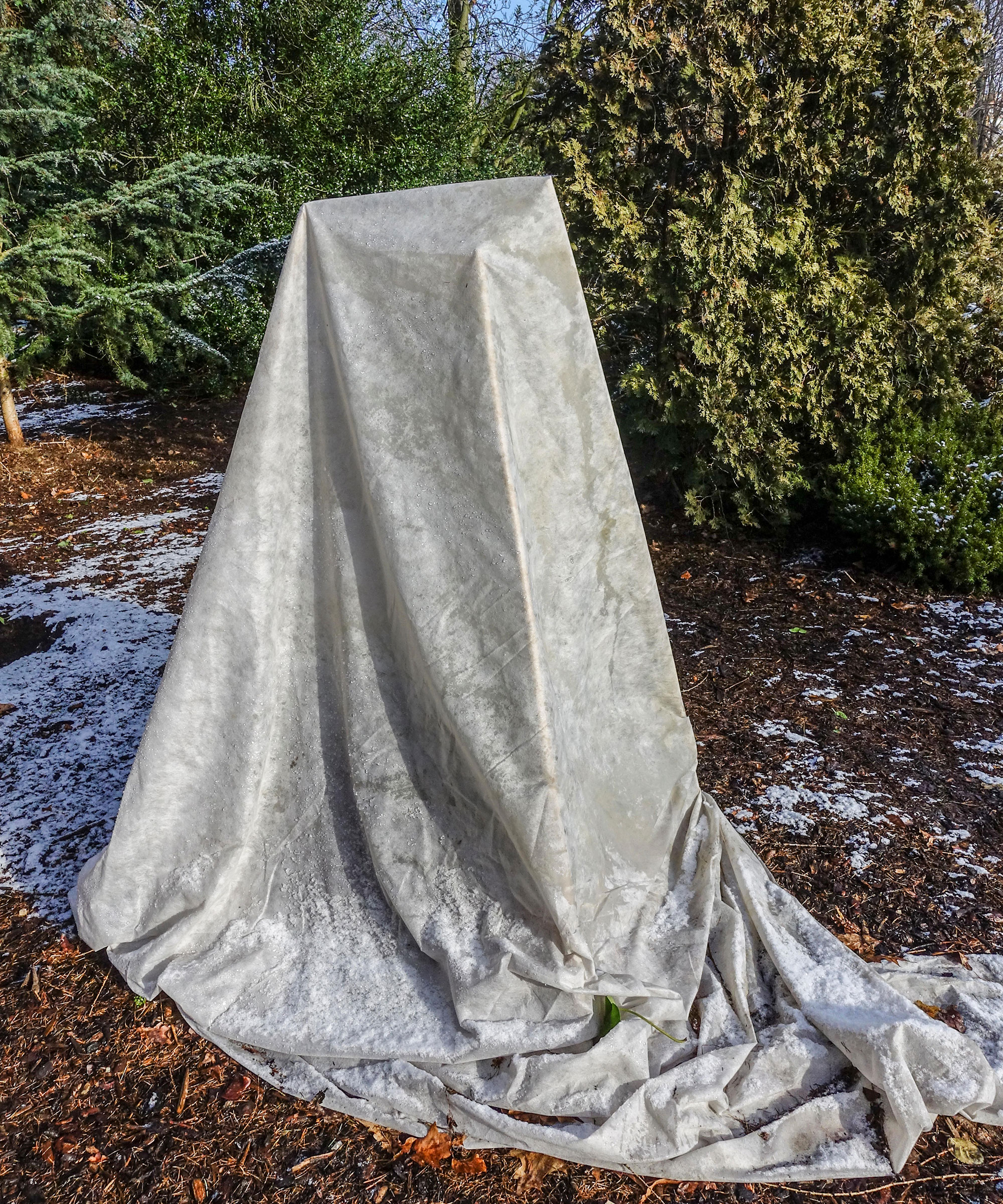This old-fashioned gardener’s hack will keep your plants safe from frost this winter
It’s cheap and easy and could save your tender backyard plants this winter


As December kicks in all keen gardeners are keeping their eye on the thermometer, because when temperatures dip below freezing, precious plants can be lost to the cold weather.
Protecting plants from frost is key during the winter months in areas with a cool climate. 'The last thing any gardener wants is their plants decaying from winter frost,' says Sam Marlow, gardening expert from Garden Buildings Direct.
'The damage of plant cells starts soon after the frost hits but there are ways to protect them. For example, placing a lightweight bed sheet over plants helps to prevent any gaps of cold air from seeping into leaves and flowers.'

Old-fashioned frost protection hack
There is lots of advice on how to protect plants from winter, but the bed-sheet trick has been a gardeners’ go-to solution for generations.
That’s because it’s easy and inexpensive, says Katie Krejci, owner of Minnesota-based gardening business, The Homesteading Rd, who often uses bed sheets to protect her own homegrown plants and produce.
'While there are some better-performing options out there – such as horticultural fleece or frost cloth for plants – bedsheets are easily obtainable, reusable, and inexpensive, which makes them a desirable option.'

Prop them up
There's definitely a right and a wrong way to use bed sheets for this protective purpose, according to Katie. 'The best way to use them is to prop the sheets up slightly so they don't rest directly on the plants,' she says. 'If they touch, then frost damage can be more severe. I like to place tomato cages [available from Amazon] and chairs around my plants to drape the sheets on top of.'
You could also use a lightweight blanket, or 'a tablecloth that has some repellent properties on the top surface, this would work really well,' she adds.
Remember to choose a covering large enough to cover the whole planted area, so it wouldn’t fall down and become tangled up in the plants, potentially causing damage.

Remove the bed sheet for sunlight
'Make sure not to leave the sheets over your plants for the whole day, otherwise they won’t receive any energy from sunlight to convert into nutrients,' warns Sam.
Kody Ketterling, founder of Idaho-based landscaping business K.J. Ketterling Enterprises says: 'I recommend uncovering plants around mid-morning, then covering them back up in the evening. Using a sheet really does work and is a great way to protect and prolong the life of your plants.'
Will you be giving this simple hack a go in your winter garden this year?

Jayne Dowle is an award-winning gardening, homes and property writer who writes for publications including Sunday Times Home, Times Bricks & Mortar, Grand Designs, House Beautiful and The Spectator. She was awarded the Garden Journalist of the Year accolade at the Property Press Awards in 2021.
